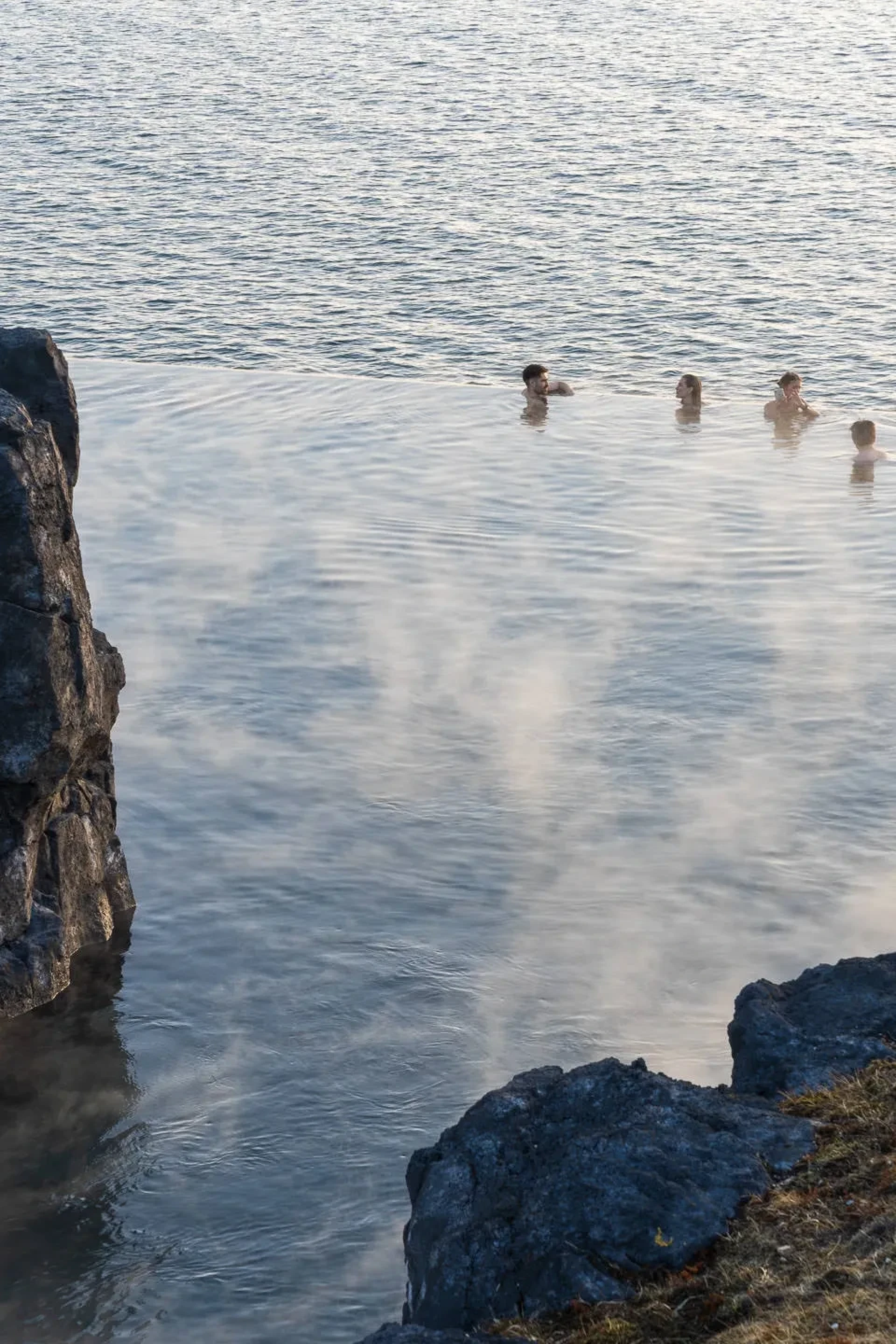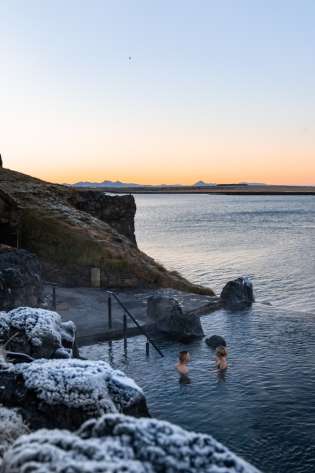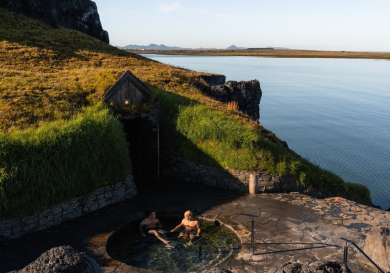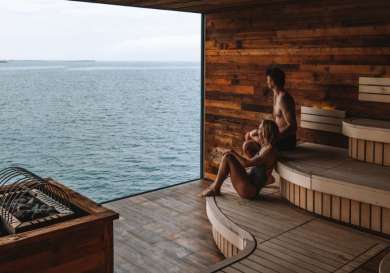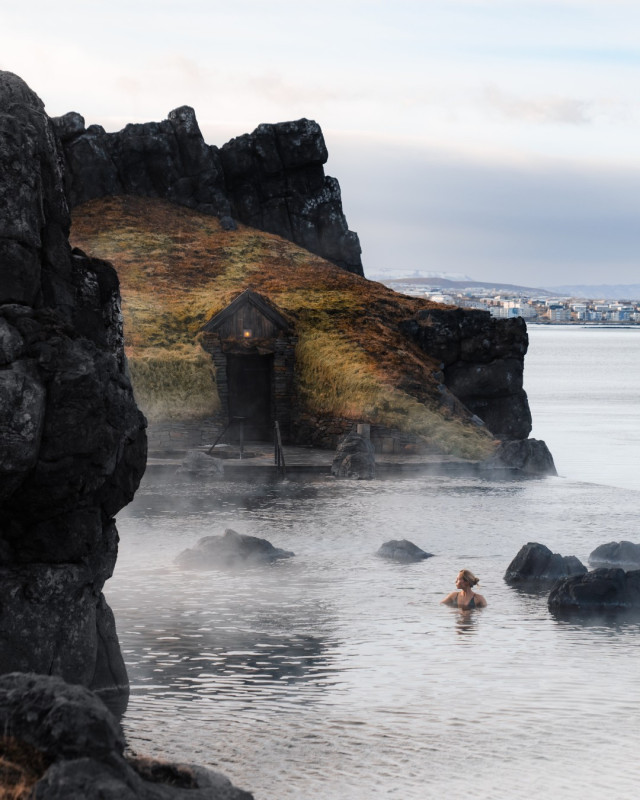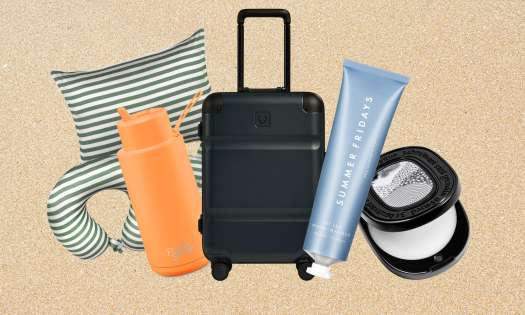Straddling the Eurasian and North America tectonic plates, Iceland is a literal hotbed of geothermal activity, making it the perfect place to enjoy communal bathing in the volcanic hot springs.
While the country is home to 45 hot springs, ensuring tourists and locals alike are spoiled for choice. But when it comes to experiencing the very best that Iceland has to offer, one location overshadows the rest.
Having opened in 2021, Sky Lagoon has quickly become a major tourist attraction. Perched on the edge of the Atlantic Ocean, while remaining a convenient 15 minute drive away from the Reykjavík city centre. Described by locals as the 'biggest window in all of Iceland,' Sky Lagoon has landed itself as a must-visit site for anyone who values beauty, wellness and once-in-a-lifetime experiences.
Below, The Sybarite speaks to Sky Lagoon's CEO, Helga Albertsdottir about the special features of Icelandic bathing culture and what makes it unique.
1. Why is bathing culture so important in Iceland?
Bathing in geothermal water is ingrained in our country's history, as it has been a source of warmth, health and hygiene since early settlers arrived here in the 9th century. Settlers sought warm water to help cope with the cold of Iceland's harsh winters, which eventually bred an entire culture of gathering to bathe, with entire communities coming together as a way to stay warm through rain, wind or snow.
2. Why are Icelandic bathing pools so special, compared to geothermal pools elsewhere in the world?
We are lucky to have an abundance of geothermal water, so our country's pools and baths can naturally fill with hot water, which comes directly from the hot springs. This water is rich in minerals, meaning it can benefit your skin, muscles, bones, lungs and of course, mind.
Icelandic bathing culture is also, at its core, about community. For hundreds of years, the people of Iceland have gathered in bodies of water to enjoy a communal experience defined by a combination of water, weather and community. It may sound repetitive to some, that locals visit the same pools day after day, no matter the day or weather, but the reality is, every day is a new experience.
3. At Sky Lagoon, the thermal experience oscillates between hot then cold then hot - why is it done like this?
There are many physical and mental benefits to this kind of contrast water therapy, but in some ways, it is similar to the Icelandic bathing experience.
To start, pool guests will take a warm shower and wash up before putting on their swimsuits.
Then, they run out from the changing rooms, where they are often met with a temperature below 0 and icy cold winds which bite their skin, meaning when they finally enter the warm water, its embrace is preceded by an energising shock to the system.
Some will stop there, while others continue this contrast cycle throughout their visit; a quick dip in the cold plunge, a stop in the steam or sauna followed by a cold shower, or even a quick roll-around in the snow before going back to a warm lagoon, pool or hot tub.
You could even say that earlier years of geothermal bathing were a form of contrast water therapy, as small baths filled with warm water might only have reached peoples elbows, meaning the rest of their bodies were exposed to the cold climate.
